Introduction to Intricate Macrame Knot Patterns (MADE-EASY)
Now that you’ve mastered the basics, what is the next step on your macrame journey?

From Simple to Stunning: Learn Intricate Macrame Knot Patterns
When I started knotting, this was THE goal – intricate, fancy, complex – knot patterns that I couldn’t do when I started but spent hours watching others do online…
At the heart of this art form lies a humble yet indispensable knot - the Double Half Hitch knot.
You know – that Double Half Hitch knot you’ve spent months or years practicing, yip – that one!
At first glance, it seems like a simple knot, but the Double Half Hitch knot (otherwise known as the Clove Hitch knot) is the sturdy foundation upon which the most intricate and captivating macrame designs are built.
Let me walk you through this and show you the true magic behind the Double Half Hitch knot and how it forms the backbone of this beautiful craft.

The Double Half Hitch is one of the basic macrame knots you’ll learn as a beginner.
It’s one of the most versatile decorative knots.
Now that you’re a more experienced artist looking to push your creative boundaries, understanding this knot’s significance is vital.
It's the first step toward unlocking the limitless potential of macrame.
So, let's delve into the world of macrame's intricate knots, where the Double Half Hitch takes center stage, weaving stories of artistry, innovation, and elegance.
We'll look at five different vine patterns, all of which use the Double Half Hitch knot as their main knot.
This blog is one of your first steps in moving from beginning to master!
The Art of Knots: Crafting Intricate Knot Designs
Knots are the building blocks of your creations.
The beauty of your macrame piece lies not only in the materials but also in the knots that hold it all together.
Each knot has a unique character and function, and understanding and mastering these knots is crucial in designing intricate and mesmerizing patterns.
Exploring Knot Patterns
Before designing intricate knot patterns, you must familiarize yourself with various knots and their uses.
Knots like the Square Knot, Double Half Hitch (Clove Hitch), and Lark's Head Knot are the foundations upon which you'll build your designs.
These basic knots provide the structure and stability needed for more complex patterns.
Practice Makes Perfect
The key to mastering knot patterns is practice. Start by perfecting the fundamental knots, ensuring you can tie them confidently and consistently.
You can gradually progress to more advanced knots and combinations as you become more comfortable with the basics.

Designing Your Own Knot Patterns
Once you have a solid understanding of various knots, you can experiment with designing your knot patterns.
Creating intricate designs involves combining different knots, alternating their placement, and playing with variations in tension and spacing.
This is where your creativity shines as you experiment with combinations to craft unique and captivating patterns.
Exploring Intricate Knot Patterns
Now that you've grasped the significance of knots in macrame and are ready to venture into intricate knot designs, we'll walk you through 5 different vine and leaf patterns made with Double Half Hitch knot patterns.
These patterns will be a stepping stone for your journey into advanced macrame crafting.
Get ready to explore the beauty of knotwork and transform your macrame projects into exquisite art pieces.

Macrame Supplies:
To practice each of these vine and knot patterns, you’ll need the following:
- 1 x Wooden dowel
- 2 x 150 cm macrame cords - we recommend using 3mm or 4mm size cords to practice these patterns.
1. Curved Leaf Pattern
The first pattern we will walk through is the curved leaf pattern on a vine; we'll walk through this pattern on both sides so that you can see what it looks like to mirror the steps.

- Step 1: Take the far left cord as the anchor cord and the remaining cords to the right as working cords for a diagonal Double Half Hitch ("DHH") knot row to the right.
- Step 2: Take the second cord from the left as an anchor cord and the far left cord as the working cord, and make a horizontal DHH knot to the left.
- Step 3: Take the third cord from the left as an anchor cord and make two DHH knots to the left.
- Step 4: Bring the same anchor cord from Step 3 to the right for two DHH knots.
- Step 5: Bring the right cord to the left side and make diagonal DHH knots to the left.
- Step 6: Repeat Steps 1-5 on the opposite side.

This pattern uses the Double Half-Hitch knot to create a curving vine with uneven, intricate leaf shapes.
Its importance lies in its ability to add a sense of fluidity and movement to macrame designs.
The curved leaf pattern adds an organic, natural element, making it a fundamental choice for various projects.
2. Mini-Leaf Pattern
The second pattern we will go through is the mini-leaf pattern, made with one curve of Double Half Hitch knots.

- Step 1: Use the far left cord as the anchor cord and make a row of diagonal Double Half Hitch ("DHH") knots to the right.
- Step 2: Take the third cord from the left and use that as an anchor cord for two DHH knots to the left. Use the same anchor cord and fold it to the right for two DHH knots.
- Step 3: Bring the right cord to the left side and make diagonal DHH knots to the left.
- Step 4: Repeat Steps 1-4 on the opposite side.

This pattern involves a compact leaf shape created with the Double half-hitch knot.
It's essential for intricate designs because it allows fine detailing within a limited space.
This pattern adds delicate, smaller leaves to the overall macrame design, contributing to the intricacy.
3. Heart Wave Pattern
The third pattern we’ll walk through is a heart wave pattern because the leaf of this pattern is shaped like a heart.

- Step 1: Use the far left cord as the anchor cord and make three diagonal Double Half Hitch ("DHH") knots to the right.
- Step 2: Take the third cord from the left as the anchor cord and make for two DHH knots to the left
- Step 3: Use the same anchor cord and fold it over to the right to make one DHH knot. Then, fold the anchor cord back over to the left and make another DHH knot.
- Step 4: Fold the anchor cord back over to the right and make two DHH knots.
- Step 5: Bring the right cord over to the left side and make a row of diagonal DHH knots to the left.
- Step 6: Repeat Steps 1-5 on the opposite side.

The heart-shaped leaf pattern created using Double half-hitch knots adds a touch of romance to macrame designs.
It's important because it showcases how the Double Half-Hitch knot can be used to form more complex shapes, enhancing the overall intricacy of the project.
4. Regular Leaf Pattern
The next pattern we'll review is our regular leaf pattern, which we'll make again with Double Half-Hitch knots.

- Step 1: Use the far left cord as the anchor cord and make a row of diagonal Double Half Hitch ("DHH") knots to the right.
- Step 2: Take the third cord from the left as the anchor cord and make two DHH knots to the left.
- Step 3: Take the third cord from the left as the anchor cord and make two more horizontal DHH knots to the left.
- Step 4: Fold the anchor cord over to the right and make two horizontal DHH knots to the right. Repeat once more underneath.
- Step 5: Bring the right cord over to the left side and make a row of diagonal DHH knots to the left.
- Step 6: Repeat Steps 1-5 on the opposite side.

This pattern displays a standard leaf shape, achieved with Double Half Hitch knots.
It's crucial for intricate knotting because it demonstrates symmetry and balance, providing a foundation for adding more complex patterns.
5. Long Leaf Pattern
For this fifth wave pattern, we're going to make a long leaf pattern for the vine so it sticks out a little bit more on the left and right sides.

- Step 1: Starting with the far left cord as the anchor cord, make three diagonal Double Half Hitch ("DHH") knots to the right.
- Step 2: Take the third cord from the left as an anchor cord for two DHH knots to the left. Repeat once more underneath,
- Step 3: Take the second cord from the left as an anchor cord for one DHH knot to the left. Fold the anchor cord back over to the right for one DHH knot.
- Step 4: Use the far-left cord as the anchor cord for two DHH knots to the right. Repeat once more underneath.
- Step 5: Bring the right cord over to the left side and make a row of diagonal DHH knots to the left.
- Step 6: Repeat Steps 1-5 on the opposite side.

The longleaf pattern showcases the Double Half Hitch's versatility by creating elongated leaves that extend from the main vine.
It's essential for intricate designs as it incorporates varying lengths and dimensions, resulting in a striking and intricate visual effect.
These patterns are essential in the world of macrame because they highlight the versatility of the Double Half Hitch knot, showcasing its capability to form a wide range of shapes and textures.
Macrame enthusiasts can elevate their craft by mastering these patterns and creating intricate, eye-catching designs.
Design Your Own Vine and Leaf Patterns
Now, let's discuss how you can create vine and leaf patterns by experimenting with the number of rows of Double Half Hitch knots and altering their directions.
This creative approach allows for the development of entirely new and unique patterns.
4 Steps to Creating Your Own Vine and Leaf Patterns
Macrame is an art form that thrives on creativity and experimentation.
While the patterns we've covered are fantastic starting points, the true magic of macrame comes to life when you begin crafting your designs.
Here's how you can get started:
1. Adjusting the Number of Rows:
Vary the Length: By increasing or decreasing the number of rows of DHH knots, you can manipulate the length and structure of your vine.
More rows result in a longer vine, while fewer rows create a compact look.
Layered Leaves: Experiment with different numbers of rows for leaves.
For instance, a single row creates a small leaf, while several rows can form a larger, more intricate leaf.
2. Altering Directions:
Curving and Twisting: Change the direction of your DHH knots to create intricate shapes.
For example, bending your vine or leaves in one direction produces a unique, asymmetrical design.
Curve the DHH knots one way for one leaf and curve them in the opposite direction for another to create contrast and interest.
3. Mixing and Matching:
Blend Patterns: Combine elements from different patterns to develop your signature style.
Integrate curved vines from the Curved Leaf Pattern with heart-shaped leaves from the Heart Wave Pattern, or invent new combinations.
Texture Play: Experiment with varying cord thickness and materials to add texture and depth to your designs.
Thicker cords can create more substantial vines, while thinner cords are excellent for fine detailing in leaves.
4. Personalize Your Color Palette:
Unique Color Choices: The color of your cords plays a significant role in your macrame design.
Choose a color palette that resonates with your style and allows you to express your individuality.
Remember that macrame has no strict rules; it's all about personal expression.
You'll discover your unique vine and leaf patterns as you play around with these variables.
Each project is an opportunity to learn and adapt, and as you gain experience, your designs will evolve into beautiful, intricate works of art.
The key is to embrace the journey and enjoy the process of creating something truly one-of-a-kind.
Why Design Your Own Patterns?
Designing your vine and leaf patterns allows you to infuse your macrame creations with a unique and personal touch.
It's a chance to let your creativity flourish and showcase your artistic flair.
Creating custom patterns with the popular knots you've practiced is an exciting journey where you are the artist, and your imagination is the limit.

Getting Started with Macrame Pattern Design
To create your own vine and leaf patterns, you can start with the following steps:
Draw Your Design and Measure Your Cord: The first step in any design is planning what you want to create and ensuring you have the right cord for the project. If you're unsure how much cord you'll need, visit our Golden Ratio blog!
Select Your Anchor Cord: Begin with the far left or far right cord, depending on whether you want your pattern to curve to the left or right.
Choose Working Cords: Select the cords to create Double half-hitch knots.
These working cords will help shape your vine and leaf patterns.
Experiment with Knot Variations: Mix and match different variations of Double Half-Hitch knots, such as diagonal, horizontal, or tightly pulled knots.
The combination of these knots will determine the overall look of your design.
Add Details: Don't be afraid to introduce new elements or features, such as additional knots, different cord colors, or even other knot types and embellishments!
These details can enhance the complexity and beauty of your patterns.
Mirror Your Pattern: If you want a symmetrical design, mirror the pattern on the other side of the vine.
This creates a balanced and harmonious look.
Let your imagination run wild.
One of the hallmarks of a skilled macrame artist is the ability to make a design truly their own.
As you delve into creating your vine and leaf patterns, remember that macrame is an art form that celebrates individuality.
Don't hesitate to experiment and make mistakes—sometimes, the most breathtaking designs arise from the unexpected.
Imagine taking a well-loved macrame pattern and infusing it with your choice of colors, knots, and embellishments - well, imagine no more; that is precisely what we're teaching our macrame students on Patreon!
Using different patterns and knot techniques, we take you from intermediate knotter to macrame designer.
So, if you're interested, make sure you visit us and use this discount code:
The result?
A piece that resonates with your individual style and creativity.
Whether it's a classic wall hanging, a trendy plant hanger, or a decorative knotwork piece, this approach allows you to make every macrame creation a reflection of your artistic expression - a natural next step in mastering macrame!
So, gather your materials, trust your creative instincts, and embark on crafting your own vine and leaf patterns.
Let your macrame projects flourish with the beauty of your unique designs and the artistry of your knots.
The world of intricate macrame is yours to explore and transform into a canvas of your imagination.

Looking for Macrame Patterns and Projects?
I’ve got a fun variety of DIY macrame patterns for you to explore—whether you’re into creating unique wall hangings to spruce up your home or timeless plant hangers, there’s something for every skill level.
Each pattern is super easy to follow with step-by-step photos, clear instructions, and plenty of tips to help you along the way.
Ready to start creating?
Browse DIY macrame patterns on Etsy and dive into your next project.

Join the Bochiknot Macrame Community: Your Gateway to Exclusive Tutorials & Inspiration
Discover the art of macrame like never before! Join our exclusive community of passionate macrame enthusiasts and unlock a world of creativity.
Gain access to a treasure trove of unique patterns, expert guidance, and a supportive network of fellow artists.
P.S.
Psst!
We’ve created a dedicated series of blogs to help guide you through every stage of your macrame journey!
You have just completed the "Introduction to Intricate Macrame Knot Patterns (MADE-EASY)" of your Bochiknot macrame journey.
To catch up on the other blogs in this series, check them out here:
- START HERE: The Complete Beginner’s Guide to Macrame
- 12 Fun & Easy Macrame Projects to HELP YOU Get Started
- Macrame ESSENTIALS: Everything You Need—Cord, Tools, & Materials
- 9 SECRET Macrame Tips You’ve Likely Never Heard Of
- Turn Ordinary into EXTRAORDINARY: Adding Embellishments to Macrame
- Knots & Knot-Tying Techniques for STUNNING Patterns
- Macrame's GOLDEN Ratio: How to PRECISELY Measure Cord for Projects
Up Next:
- INSPIRATION to CREATION: Your Macrame Design Guide
- Transform Your Macrame with EYE-CATCHING Design Elements
Make sure to subscribe to our email newsletter at the bottom of this page to stay updated on all the latest tips, tutorials, and updates. You won’t want to miss out!


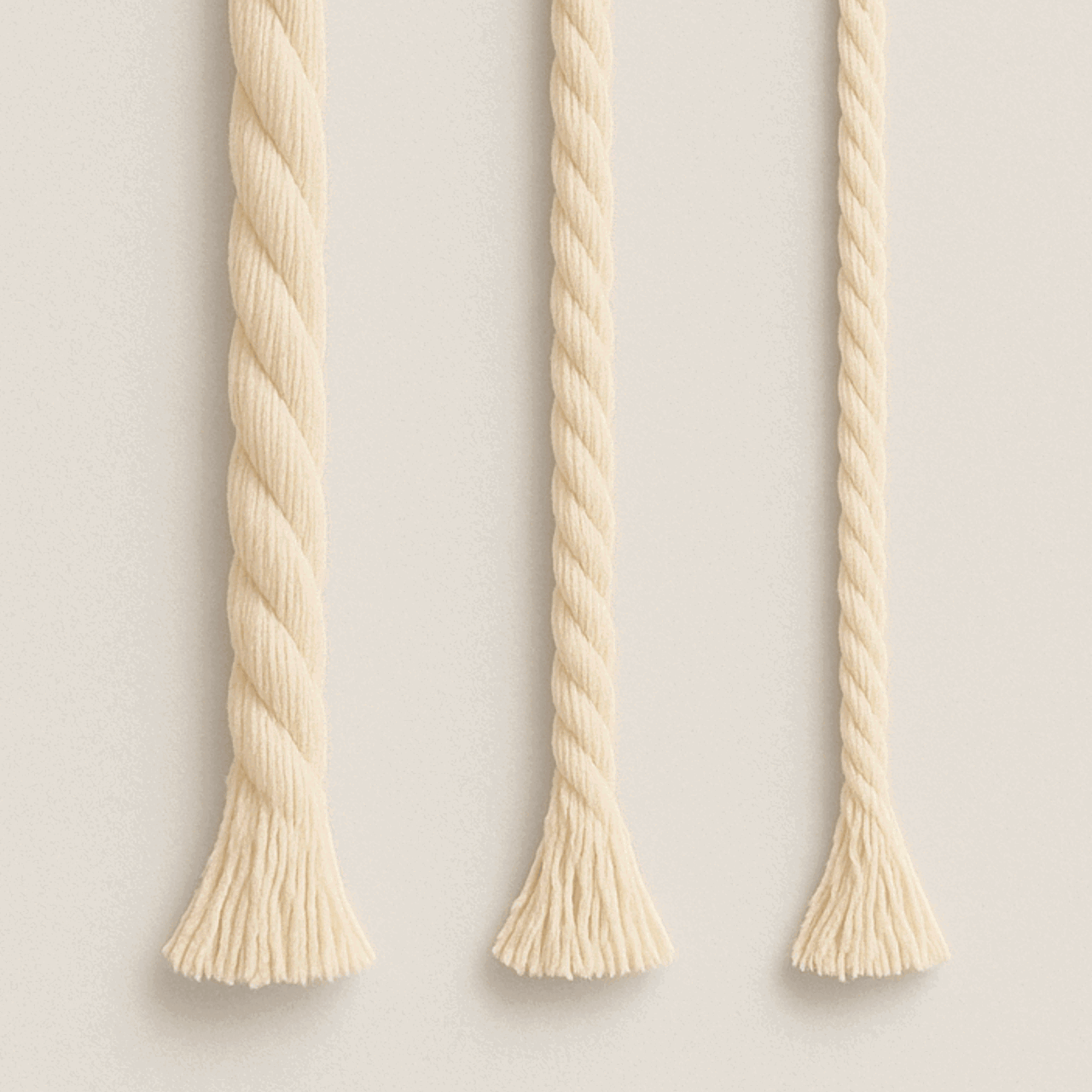
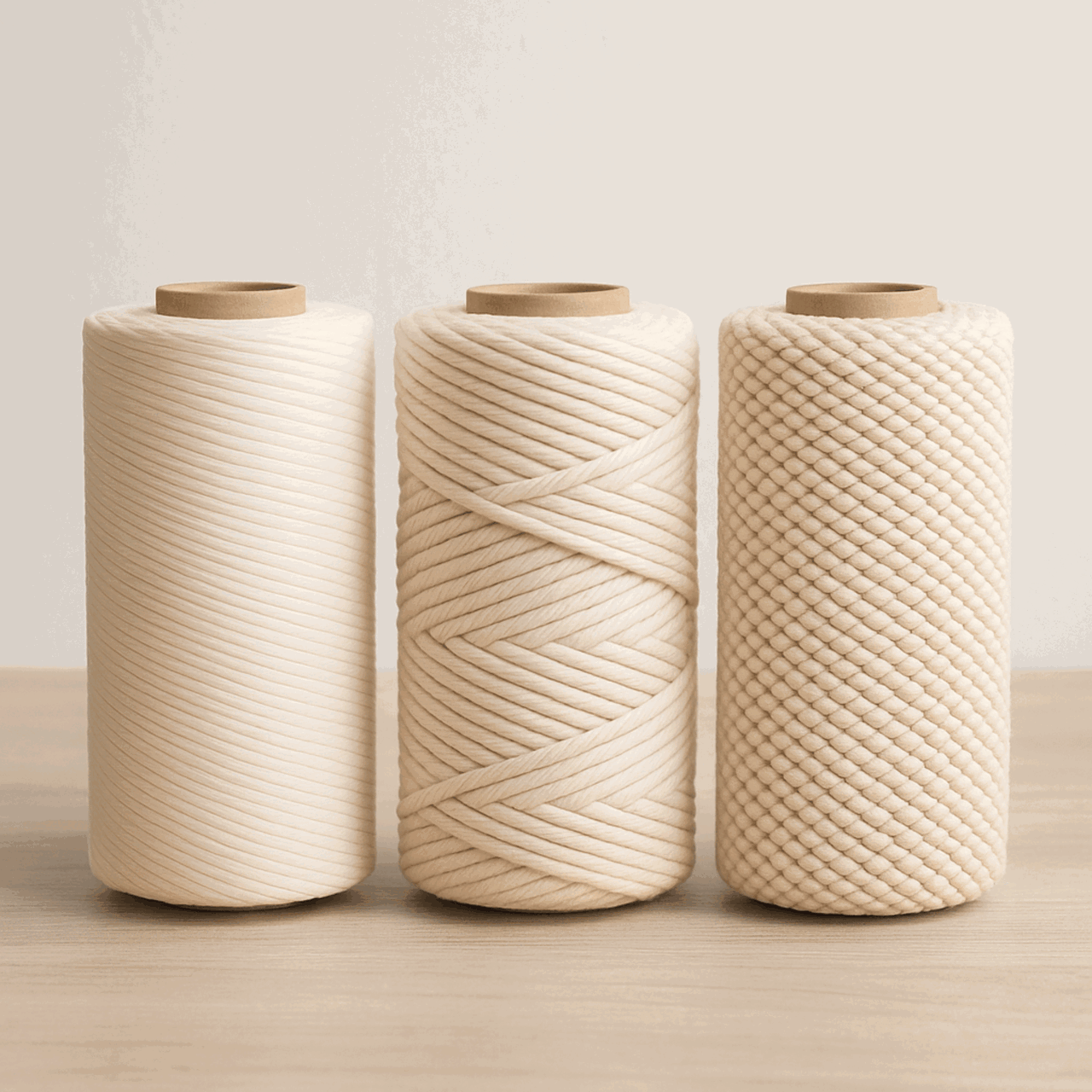
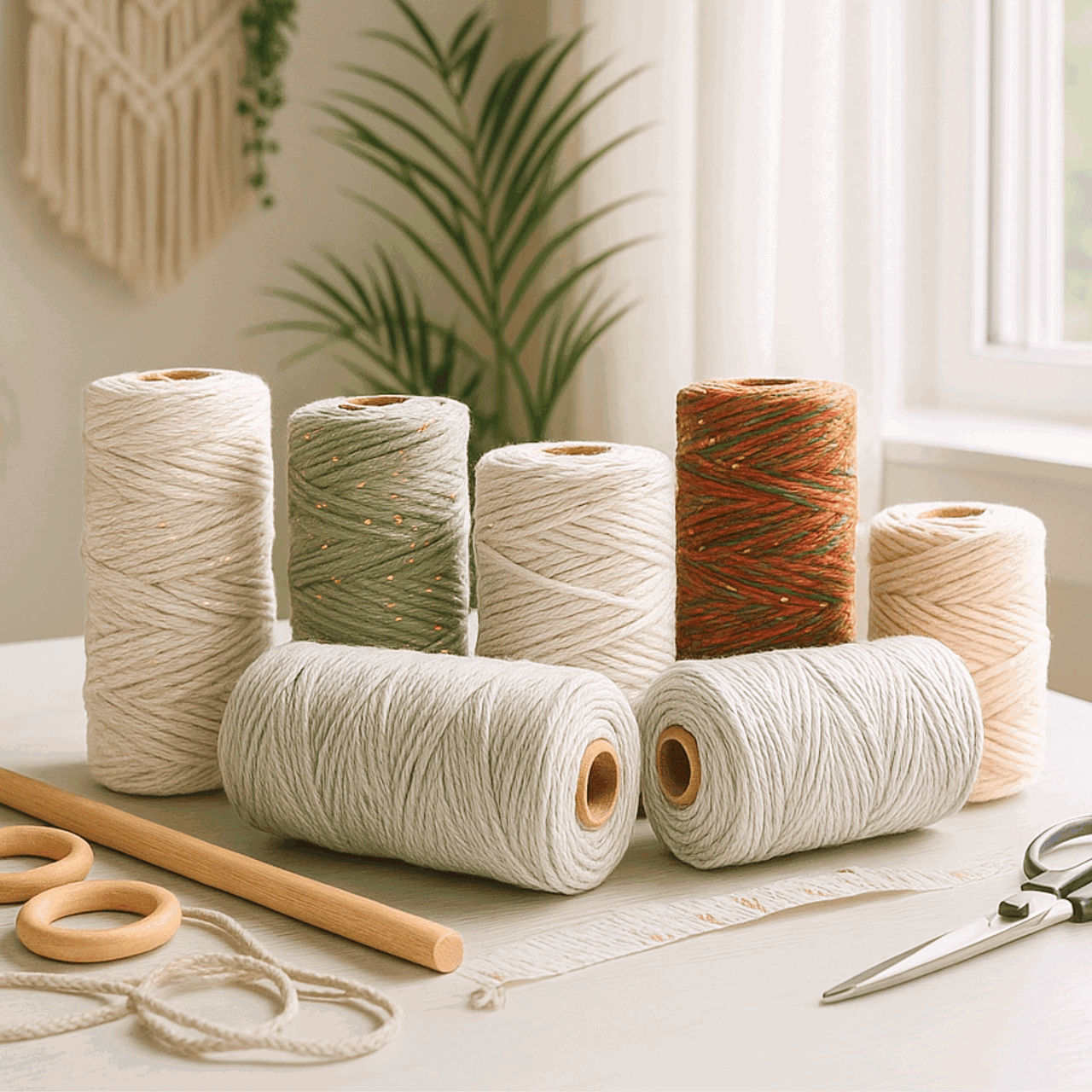
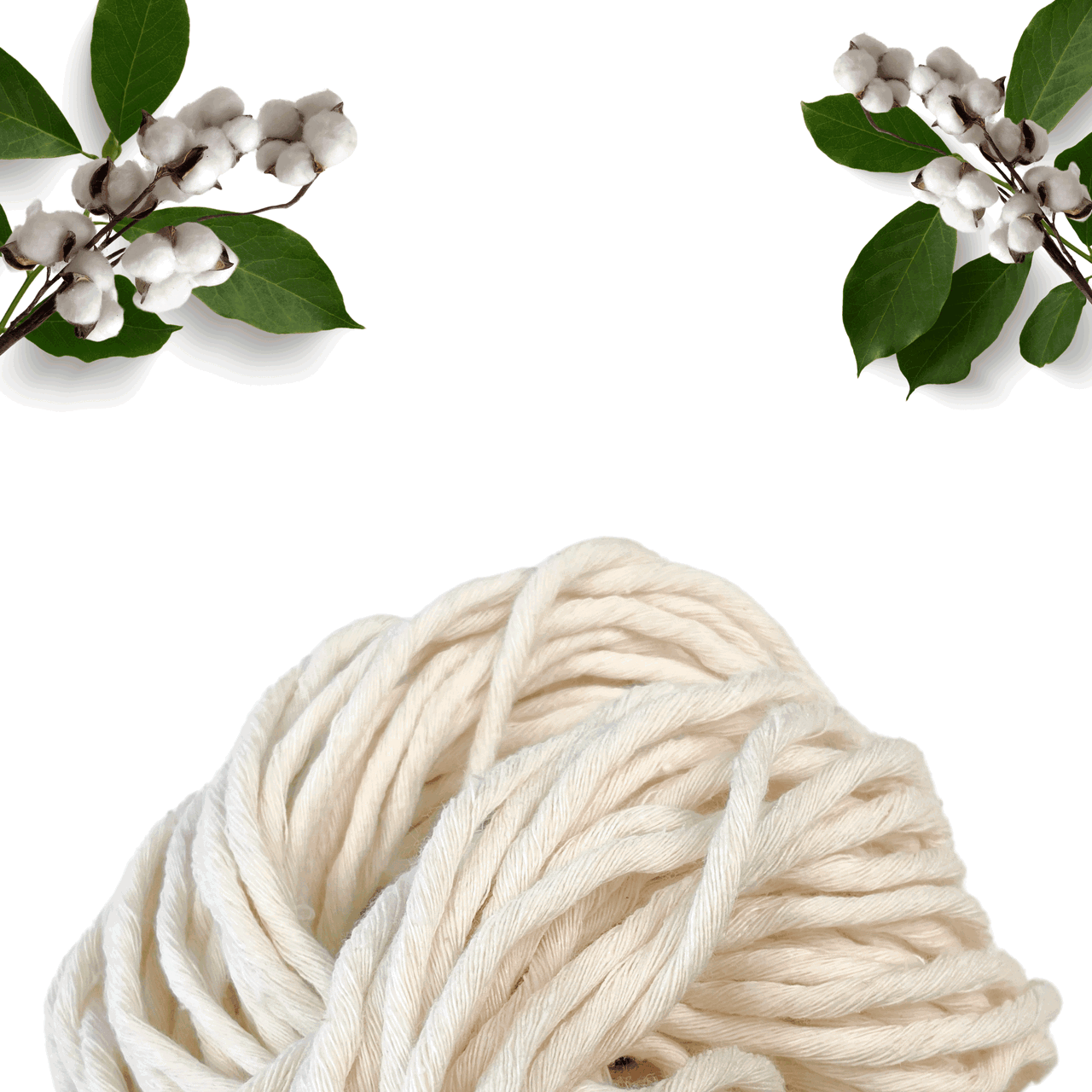

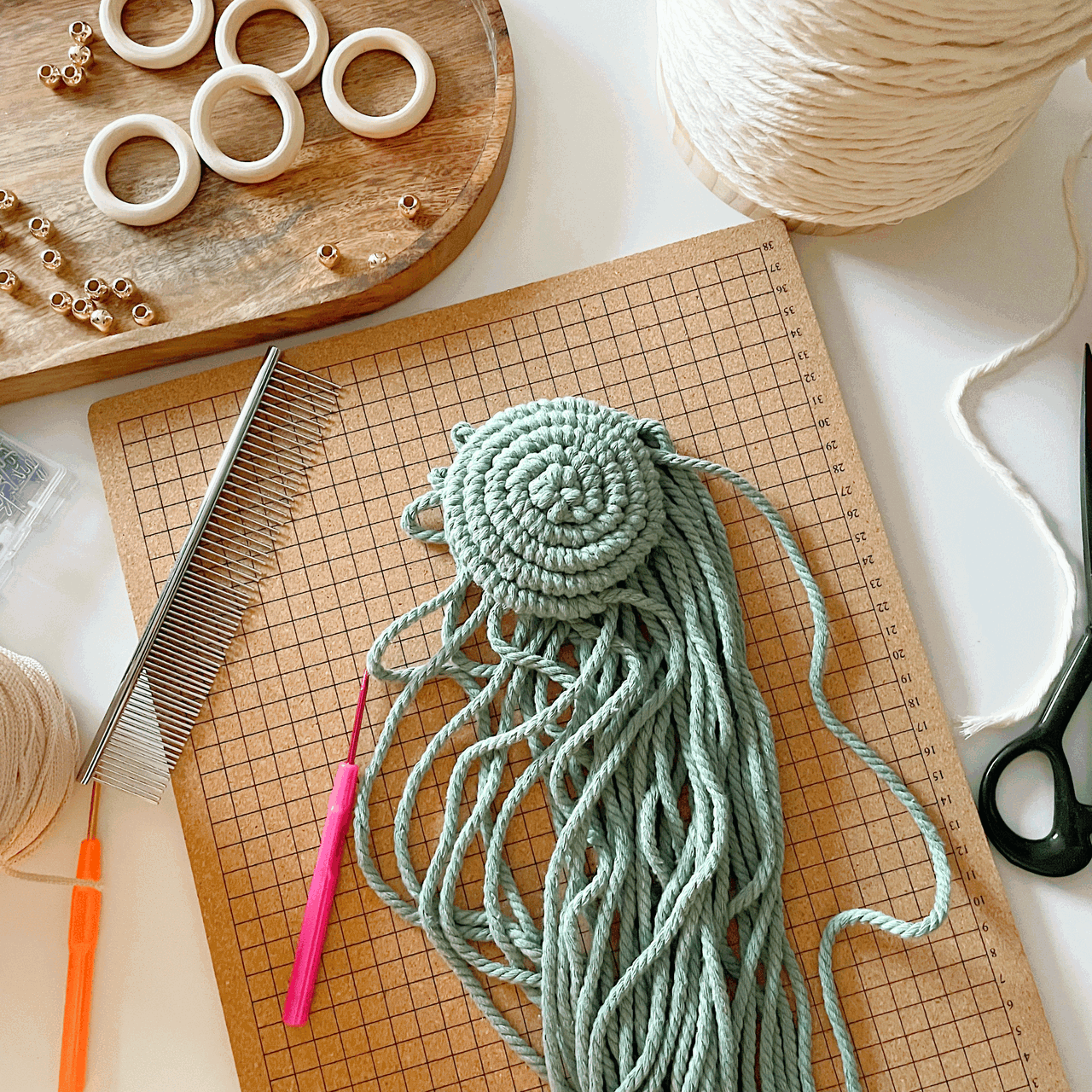
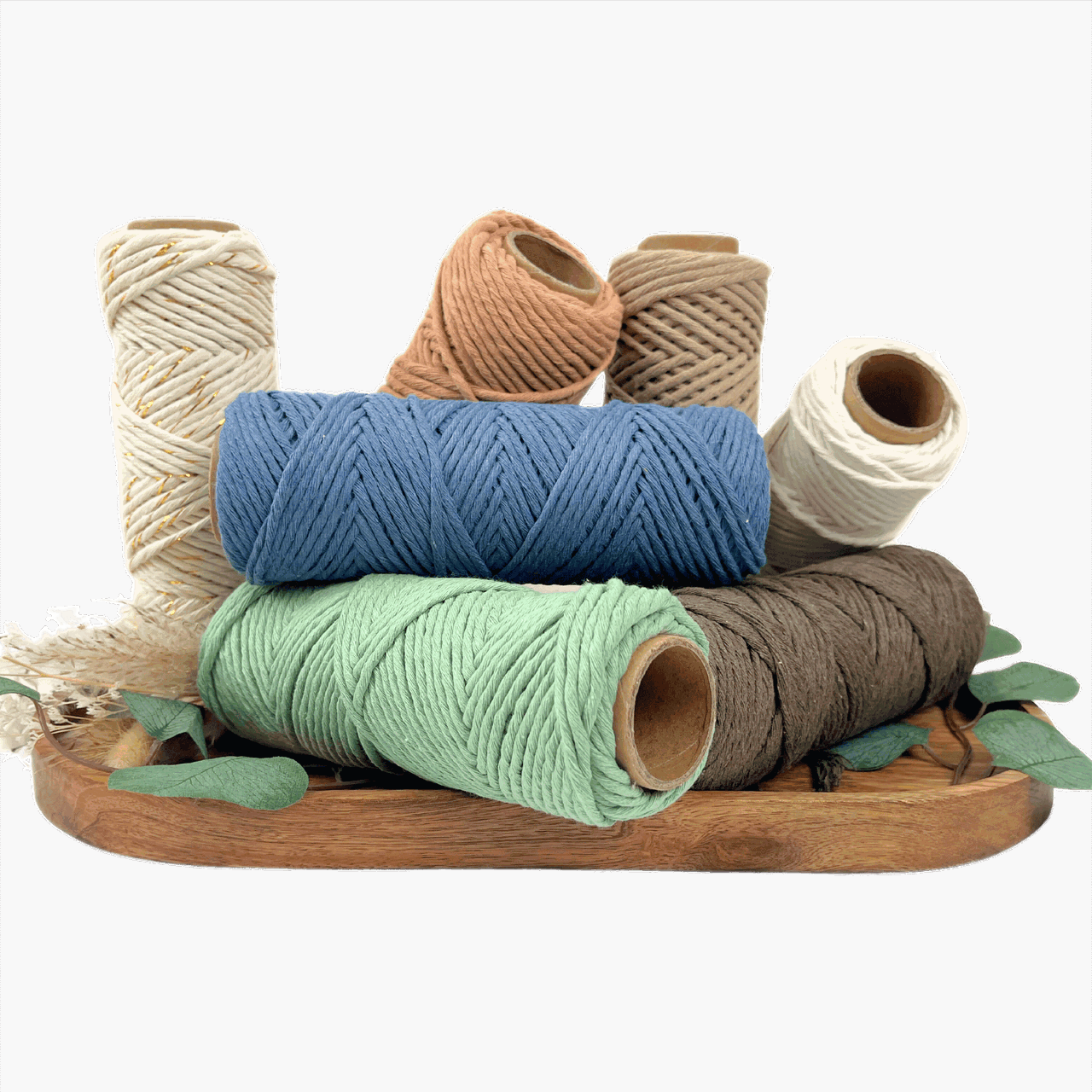

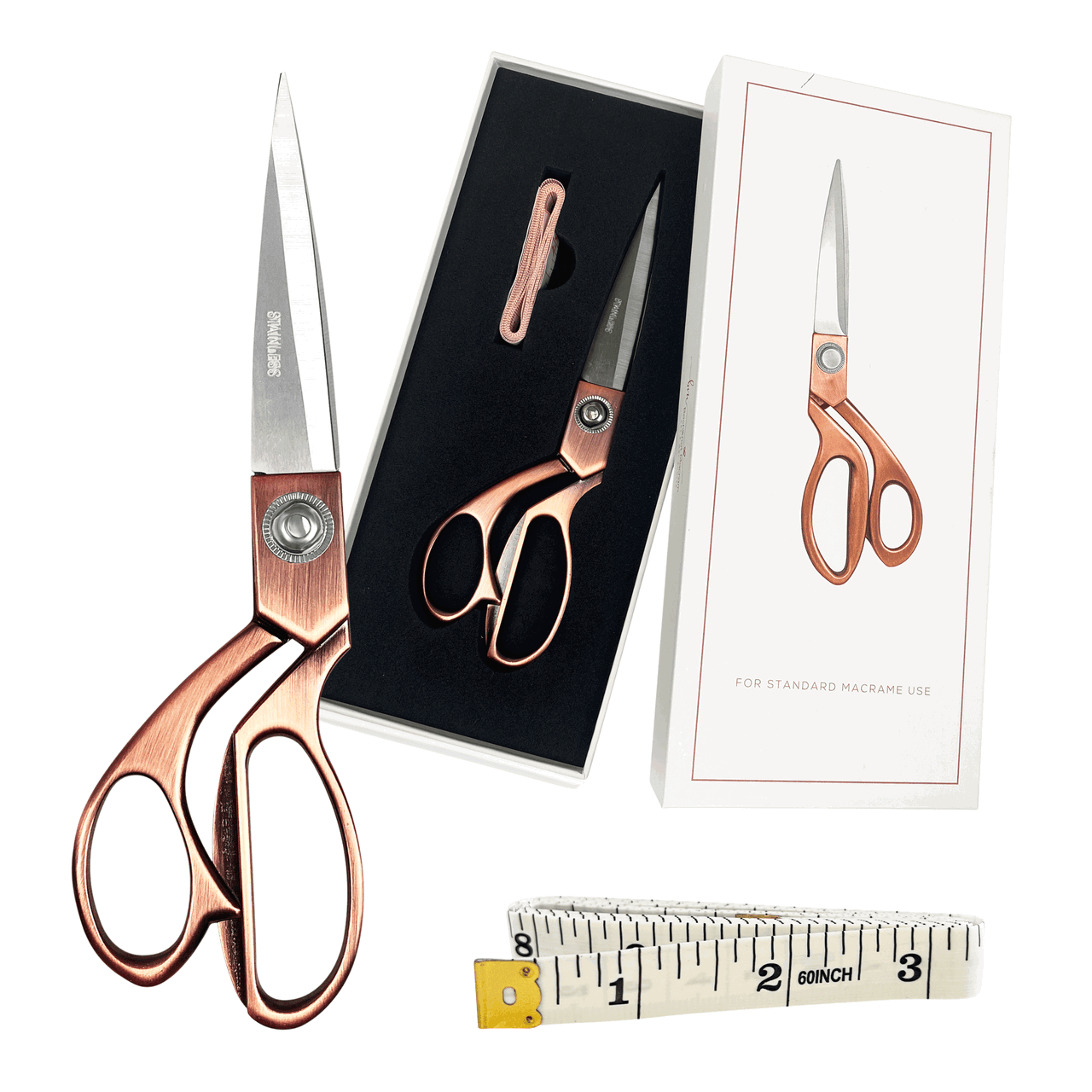
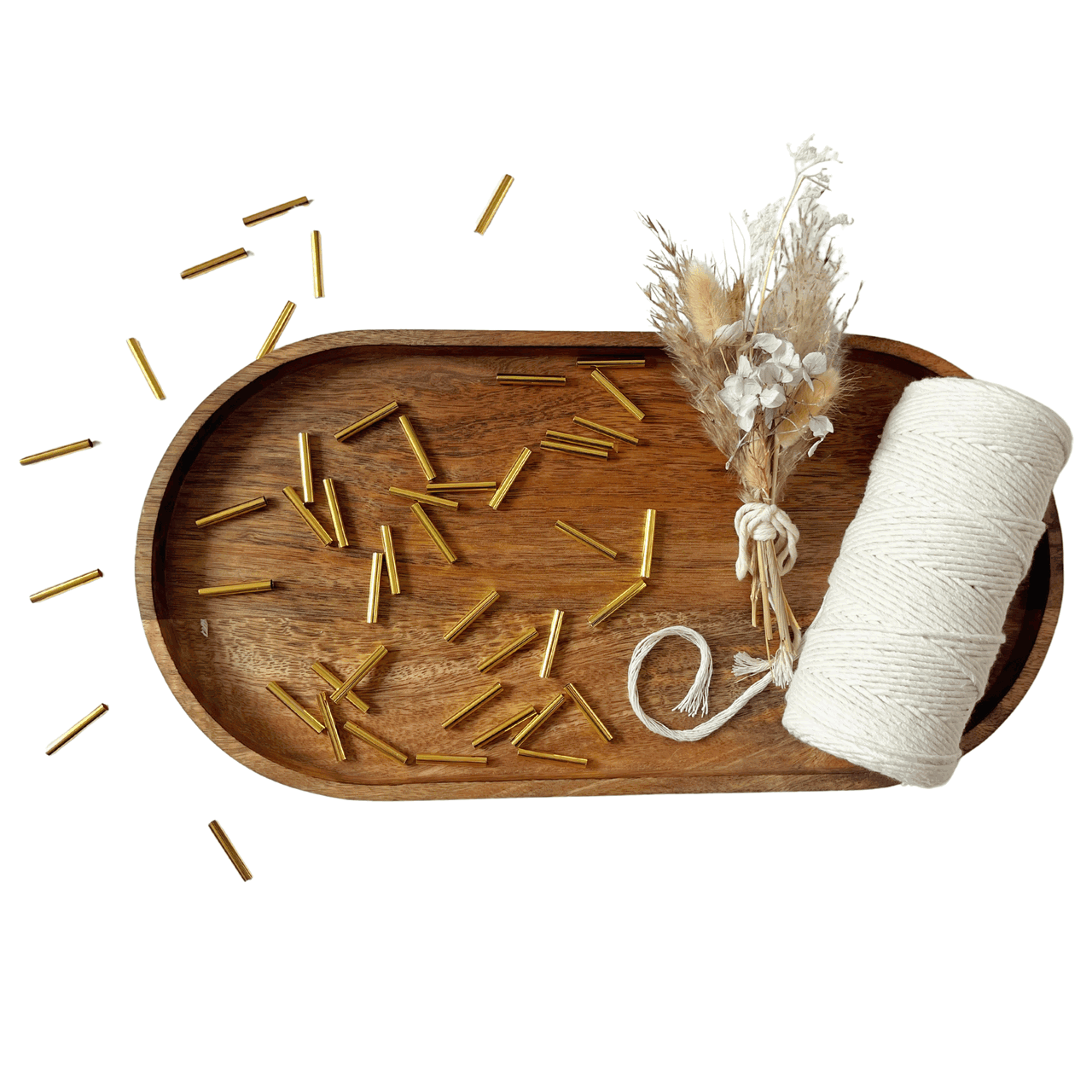




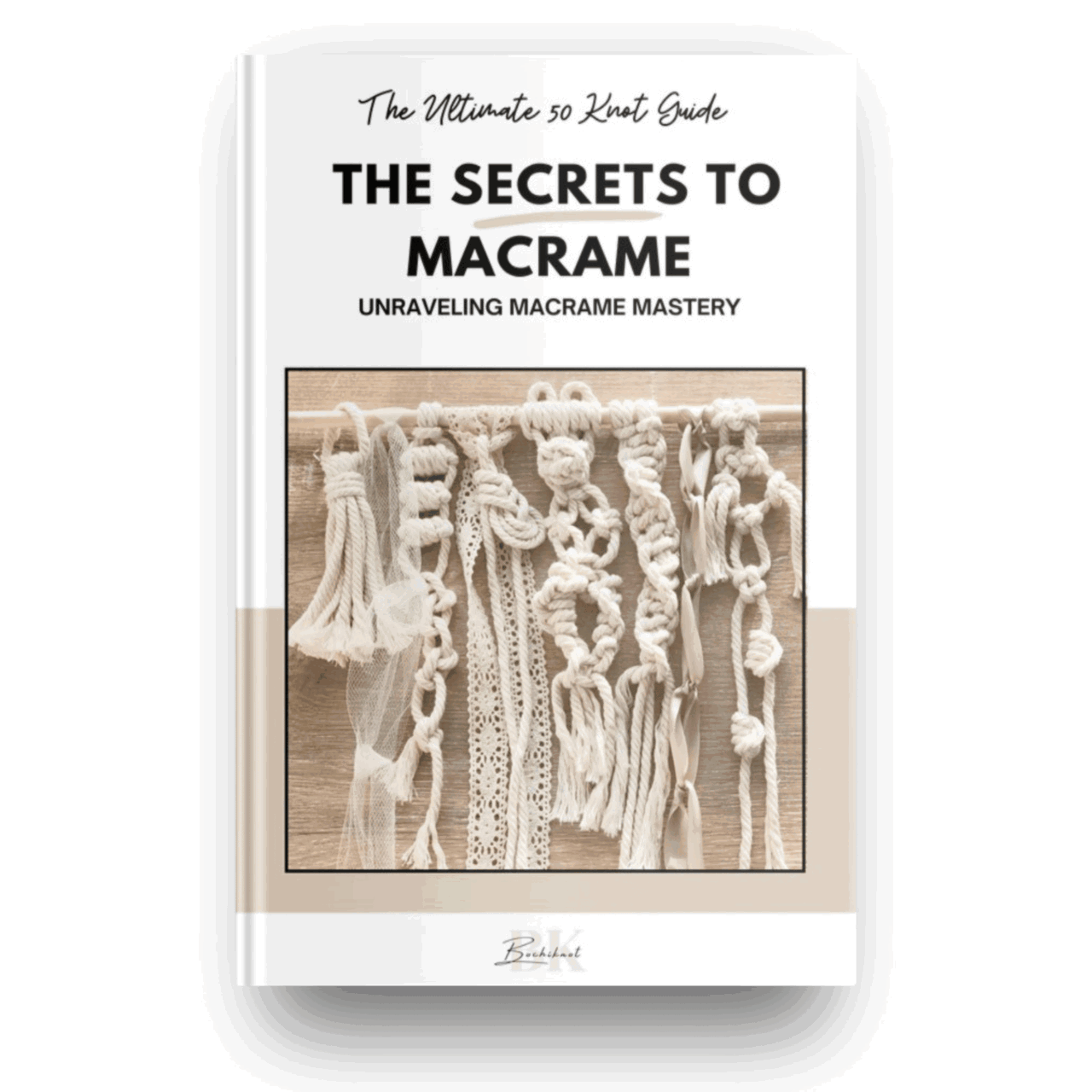

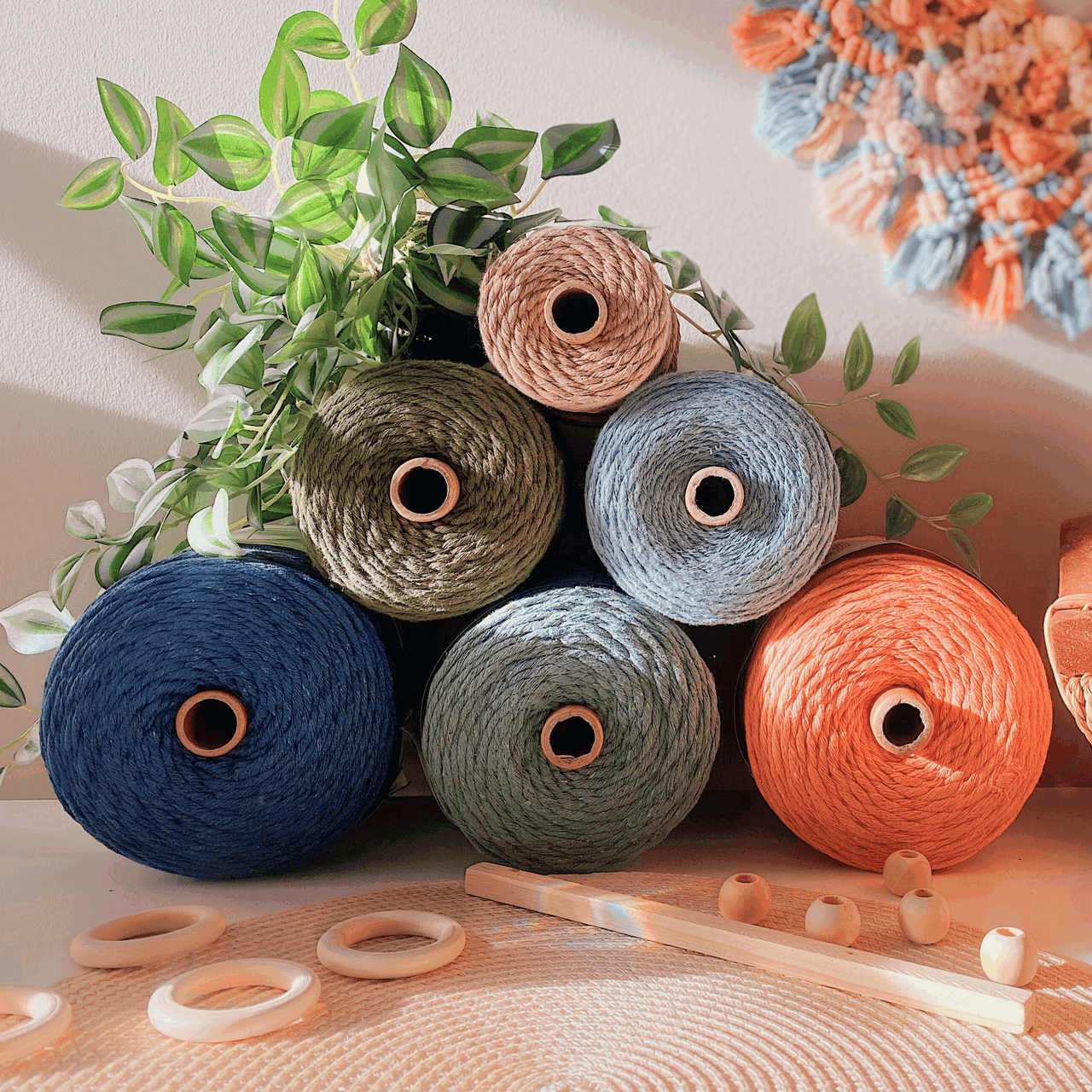

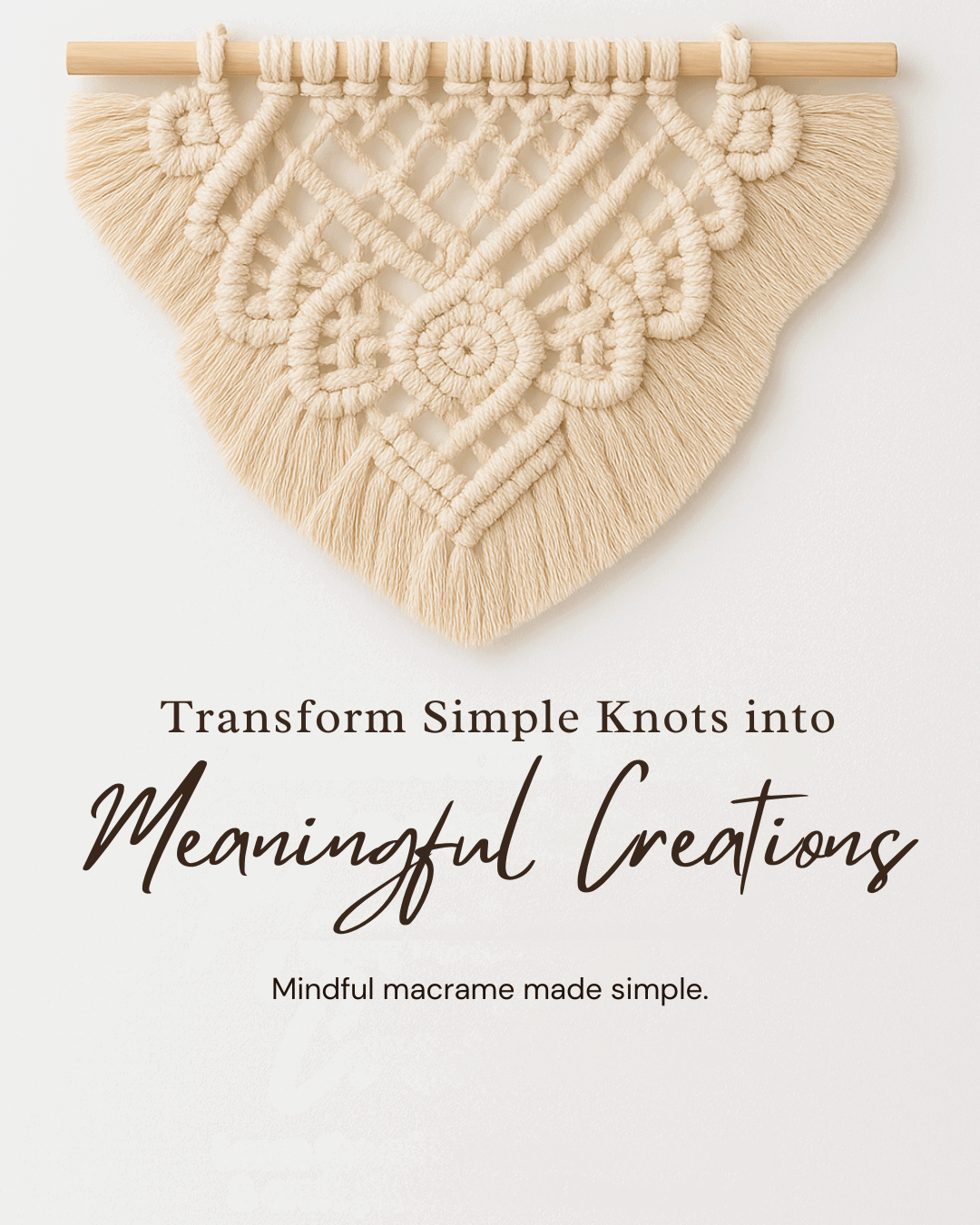



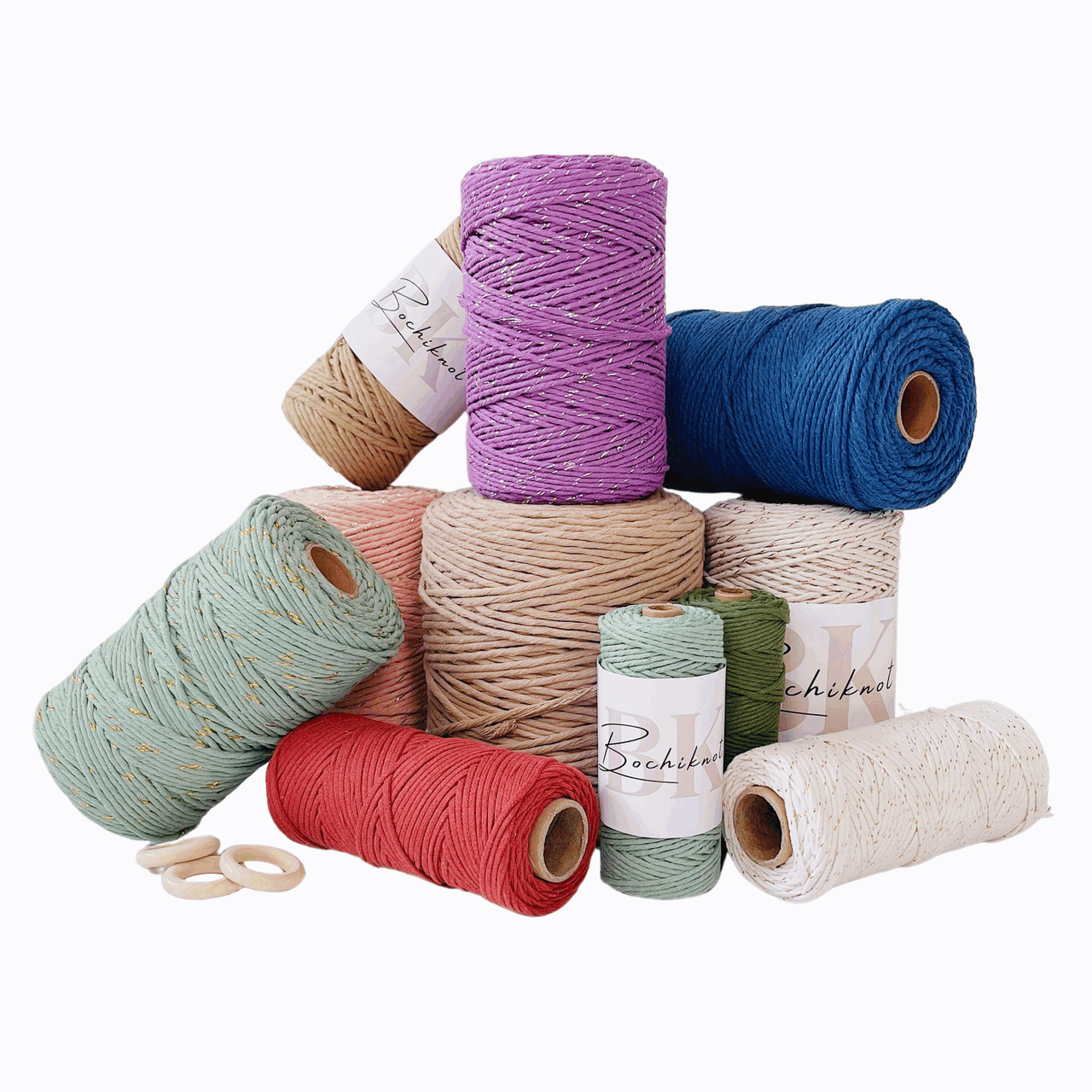











Estoy entusiasmada por hacer algun trabajo con la tecnica de macrame. Soy principiante, estoy jubilada, tengo 80 anos y muchas ganas de hacer pequenos trabajos para la casa como son individuales, portavasos, llaveros y mas. Saludos desde Guayaquil, Ecuador.
Leave a comment